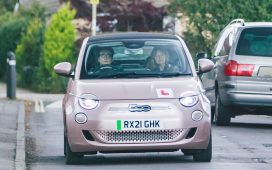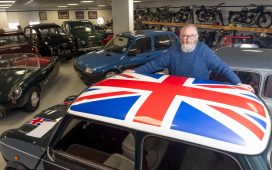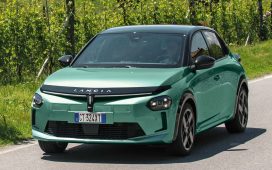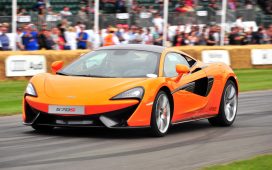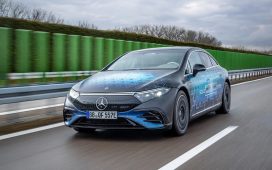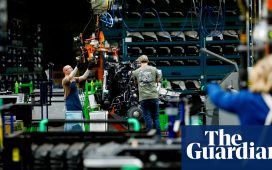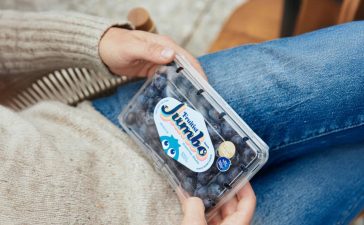The two new models will be built on the same Smart Car platform as the Grande Panda to facilitate significant cost advantages over rivals. Both hybrid and electric versions are expected to be offered.
The SUV will be a direct rival to the Dacia Bigster and has the best potential for success in Europe.
The production Fastback is an indirect successor to the Tipo as a raised Volkswagen Golf-sized hatchback and is expected by Fiat to do well in global markets – but Europe will still be a focus for the car, given its huge lift in visual appeal over the Tipo.
François said no Fiat will be longer than 4.5m as a “self-limiting” rule imposed by the brand to avoid overlapping with other Stellantis marques, most notably Citroën. “When we go into the C-segment, we will have a totally different attitude that sits right: not better, not worse, but our Italian smile and with our colours on,” he said.
Within Stellantis, François said that even at a global executive level it is asked “if we need all these brands, and all these models for all these brands”. But “we need things to complement each other and we need to complete the puzzle and occupy every space”.
He said that Fiat’s planned move into the lower end of the C-segment is complementary, but were it to go larger and make a car the size of the Citroën C5 Aircross, that would give Stellantis “good synergies” with shared architectures but “poor complements” because the cars would rival each other.
Punto in the wings
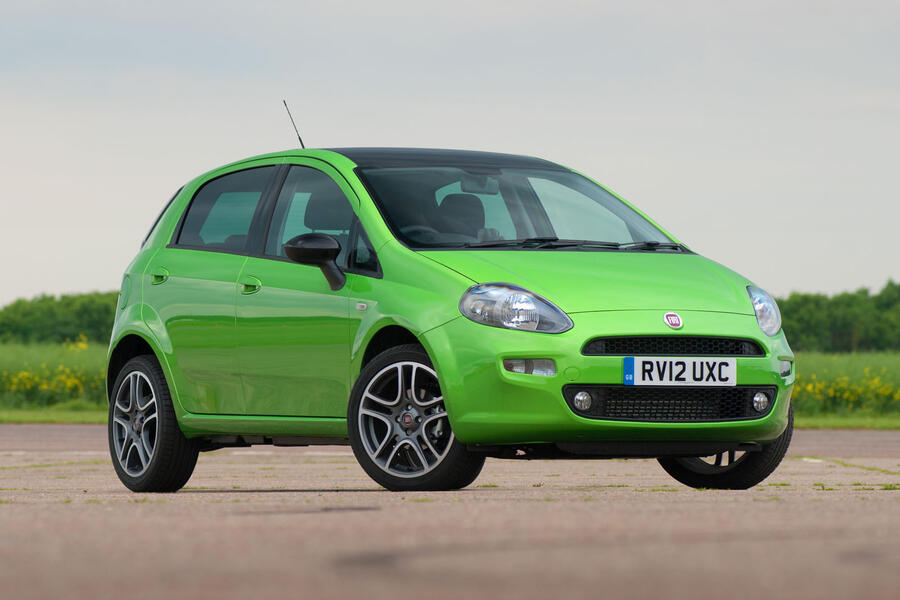
François said one of the first things he did when he took over as Fiat CEO in 2011 was to cancel a planned successor to the Punto. “It was okay-looking but not super-iconic,” he said, adding that it only really had a chance of success in Europe, not in Fiat’s other global markets such as South America and Africa.
Instead, he wanted a “car that could be global” and do “huge volumes” and it was utility vehicles and not superminis that had global appeal. Hence the creation of the Grande Panda, a type of raised hatchback/shrunken SUV that had been in François’s head since he cancelled the Punto. But it took the arrival of François Leboine from Renault/Dacia in 2021 to realise the design.

